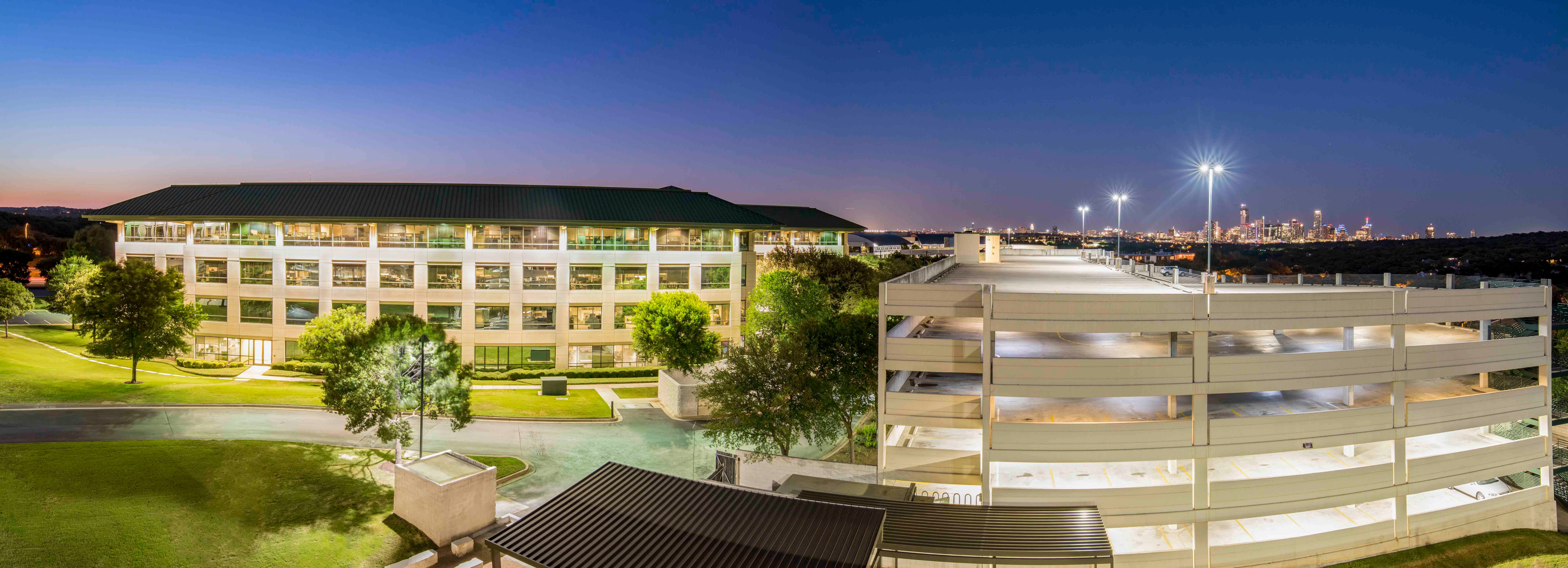AUSTIN, TX—One of the biggest questions for facilities and human resources managers, school officials and leadership teams is not only when organizations will return to shared spaces but how to do so and work together in the safest way possible. What will those spaces look like? What are the solutions available for furniture, materials, configurations that harmonize with a brand but also offer added safety?
CORE Office Interiors/COREoi has been outfitting shared spaces for 30 years in Texas and beyond for clients such as the San Antonio Spurs, Kelsey-Seybold and YETI. COREoi says there are numerous office interior product solutions for organizations considering a return to the office:
- Architectural Walls─Demountable walls are sturdy, safe and offered in both glass and opaque options, and can be installed in a day and moved just as quickly.
- Screens─Installing screens creates small barriers between people to keep them safer while still allowing for open visual space.
- Booths─These transitional privacy workspaces are enclosed and can be cleaned after each use.
- Storage─Lockers allow team members to safely store items without creating desk clutter.
- Flexible Seating─Fewer individual workstations and more touchdown work areas will provide more flexibility for the workplace of the future.
- Sanitation Solutions─Conveniently placed tools prevent the spread of germs in an office space.
"Work spaces will be reconfigured in ways that welcome employees back with more thoughtful space design and more options of areas to work from," Nick Williams, chief revenue officer and principal at CORE Office Interiors, tells GlobeSt.com. "Solutions will need to be behavioral, not just adding additional screens and dividers. Clients want to know how to safely and effectively use space without spending a lot of money."
Williams says that can be accomplished by reconfiguring workstations to allow for staggered seating while maintaining the same footprint. Solutions include instituting specific directions for travel paths, offering storage lockers or storage for offices that provide hoteling workstations and open yet distanced touchdown work areas or phone booths.
Recommended For You
He points out there are solutions available for furniture, materials and configurations that harmonize with a brand but also offer added safety. The most harmonious solutions are made from cleanable materials and fabrics, and include transparent barriers to allow for an open feeling while still providing safety.
"For fabric, there are many bleach-cleanable and PVC-free polyurethane fabric options available on the market that were already regularly in use in healthcare environments, and manufacturers are introducing more of such fabric types in the wake of the pandemic offered in a myriad of colors that can match any corporate brand palette," Williams tells GlobeSt.com. "Working with a furniture provider who has specialists in the healthcare market can help employers make the best selections if they are considering reupholstering seating surfaces or purchasing new seating options."
For furniture, Williams says employers don't necessarily want to spend a lot on temporary screens they will be stuck with later or will end up as additional waste in a landfill so the goal should be to reconsider office space for a long-term view.
"This time period presents an opportunity to think differently about space and how we work, so outfitting offices with flexible solutions that can adapt as a company's needs change is critical," Williams tells GlobeSt.com. "Demountable walls offer a fantastic solution that allow for reconfigurations in a short period of time and without affecting lease agreements that may restrict a tenant from putting up/moving walls. But this still offers the ability to create micro-offices to provide distancing now with ability to reconfigure those same offices into shared meeting areas later if desired. For fixtures/equipment, brandable hand sanitizer stations are a necessary but fun addition to an office space and will be useful in the long term as hand sanitation is always a great safety initiative to include."
According to Perkins and Will, designing healthy buildings means specifying healthier building products. For years, designers at Perkins and Will have facilitated informed decisions by working with clients and manufacturers to find alternatives that use the fewest possible toxic substances. To that end, Perkins and Will has a firm-wide mandate to review products against its Precautionary List for every project, GlobeSt.com learns.
© Touchpoint Markets, All Rights Reserved. Request academic re-use from www.copyright.com. All other uses, submit a request to [email protected]. For more inforrmation visit Asset & Logo Licensing.







